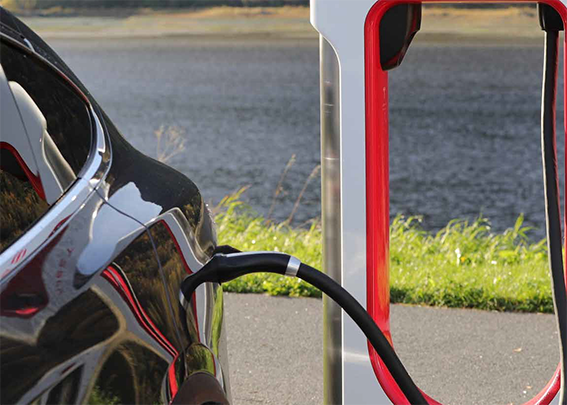X-RHEA
The Real Power of Simulation
X-RHEA wird von EnginSoft und Vection Technologies gemeinsam entwickelt.
X-RHEA wird von EnginSoft und Vection Technologies gemeinsam entwickelt.
X-RHEA (Extended Reality for Human Engineering Application) ist die immersive Lösung für die Visualisierung und Präsentation von CAE-Daten (Computer-Aided Engineering).
Das Ziel von X-RHEA ist es, die Präsentation von Studien und Simulationen zu verbessern, um Vergleichssitzungen zwischen multidisziplinären Teams zu beschleunigen und die technisch-kommerzielle Kommunikation zu vereinfachen.
X-RHEA ist eine hochmoderne Suite zur Visualisierung von Simulationsergebnissen aus dem Ingenieurwesen in erweiterter Realität. Diese Innovation verbindet Tradition mit moderner Technologie und stellt ein leistungsstarkes Werkzeug dar. X-RHEA revolutioniert die technisch-kommerzielle Kommunikation, indem es komplexe 2D-Berichte in immersive Erfahrungen im Industriellen Metaversum verwandelt und die Integration von Künstlicher Intelligenz ermöglicht.

Stellen Sie unseren Experten jetzt Ihre technischen Fragen!!
Über dieses Formular treten Sie direkt mit einem EnginSoft Experten in Kontakt, der Ihnen eine zuverlässige Antwort auf Ihre Frage geben und eine passende Lösung empfehlen kann.
CASE STUDY
The text provides an in-depth account of Stefano Odorizzi’s journey in founding and growing EnginSoft, our engineering company specializing in computer simulation and modelling. Established in 1984, EnginSoft overcame early challenges, such as the high cost of computing, to emerge as a leader in simulation services, particularly in the fields of mechanical engineering and computational fluid dynamics (CFD). The narrative highlights several key milestones in the company’s history.
cfd metal-process-simulation industry4 news mechanics optimization

training courses
The training course on geometric product specification and tolerance analysis addresses the issues related to tolerance management and the approach known as "Dimensional Management", which defines the activities involved and their sequence for achieving the desired quality at the lowest possible cost. We offer a wide range of training courses – scheduled, on-demand and customized – designed to meet the varying needs of individuals and/or the company in which they work: SO-GPS, ASME-GD&T standards, Tolerance analysis and model-based definition, and Software technologies training.
cetol tolerances

CASE STUDY
The final portion of the paper path of a laser printer has been studied using the Media Transport Toolkit to evaluate the influence of the corrugating roller which is used to corrugate the sheet to keep it straight before falling into the tray.
recurdyn multibody mechanics consumer-goods

CASE STUDY
This article describes how EnginSoft supported Metasystem in acquiring the know-how to satisfy future customer requests on the one hand, and to create projects that are as profitable as possible in terms of waste minimization, on the other hand.
automotive tolerances cetol
CASE STUDY
This article proposes the use of computational fluid dynamics (CFD) to address these complexities.
ansys mechanics